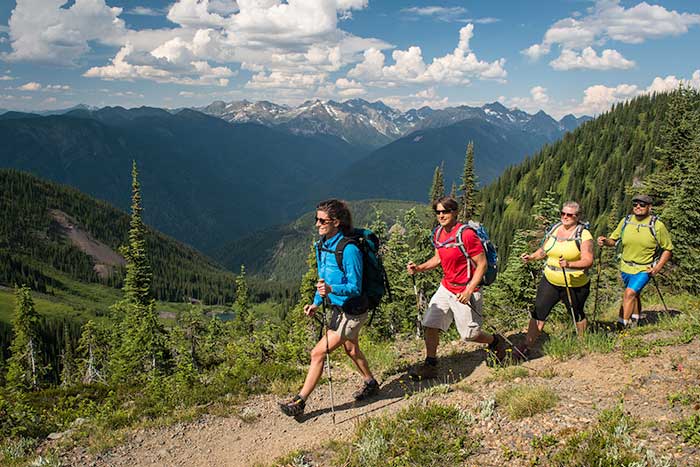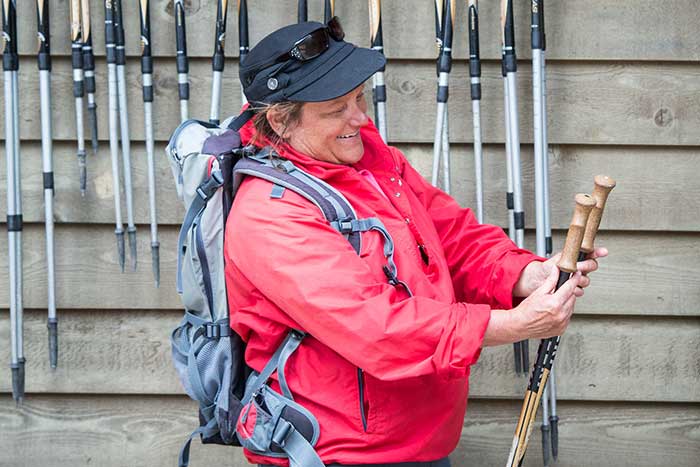Q&A: How do I stay safe and cool when hiking in the summer heat?
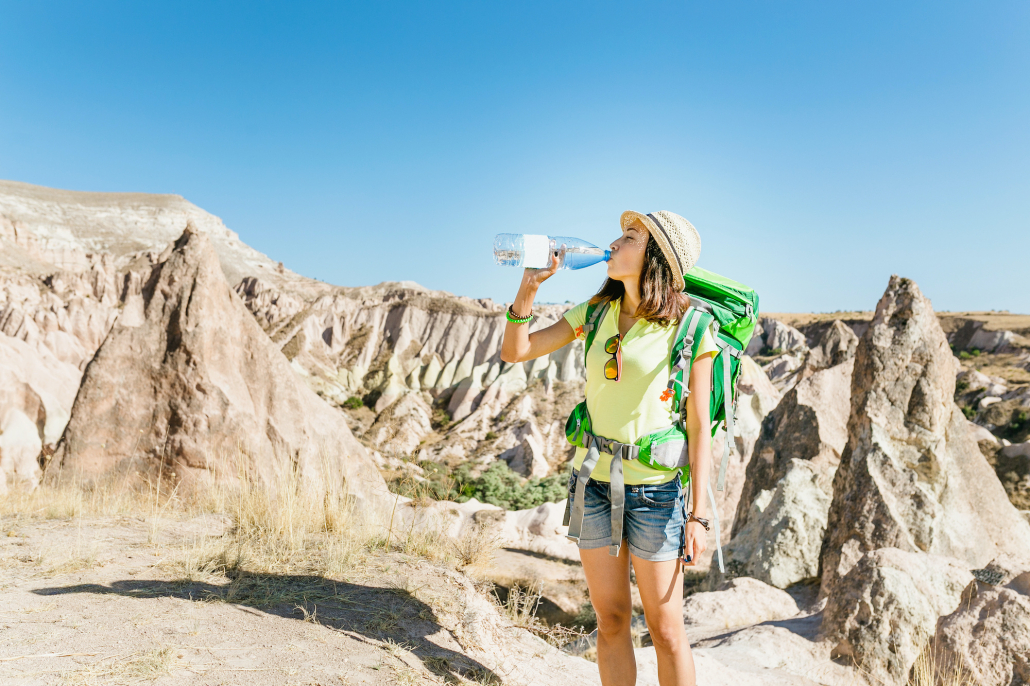
Q: I am aching to go hiking and get out of the house, but it’s hot out. How do I stay safe and cool when hiking in the summer heat?
A: Exercising outdoors has multiple health benefits including a 30% increase in calorie burn (compared to the same exercise and exertion indoors), a lowering of the stress hormone cortisol, and brain bathing of our “feel-good” neurotransmitters: dopamine, serotonin, and oxytocin. However, if we are used to a temperature and humidity controlled environment (gym or home), we need to incorporate some care before launching ourselves into mother nature’s arms as heat exhaustion or worse, heatstroke, can be dangerous and debilitating. Consider these tips:
Pre-hike:
- Check the forecast and choose your days and activities when there is cloud cover and the UV index is lower. Be especially careful if going out on days when the UV index is 7 or higher.
- Avoid mid-day sun, when UV rays are the strongest. Plan your hike for earlier in the day (early bird gets the worm!) or later to catch a sunset (bring a headlamp in this case).
- If the humidity is high, lower your workout intensity to avoid overheating. Sweating, our body’s cooling mechanism, is more difficult when it is humid.
- Make sure to hydrate and eat before heading out. Beyond energy requirements, proper nutrition will help with hydration.
- Take a high-quality electrolyte 1-2 hours before going out on the trail (we use Vega products, which don’t have added sugar, making them much healthier than an alternative electrolyte drink like Gatorade). Electrolytes help your body retain moisture.
- Wear the proper clothing for hot weather hiking. A wide-brimmed hat will keep the sun off of your face and neck. Light colors will reflect the sun. Loose, breathable clothing will allow ventilation. And a neck cover, such as a bandana, will come in handy. We typically recommend wool, but it’s a hot fabric, so for really hot weather, opt for thin cotton or a synthetic fabric. However, always wear a high-quality pair of wool socks, no matter what the temperature. Proper foot care is critical!
During-hike:
- Make sure to stay hydrated on the trail. At Mountain Trek, we have a few sayings to help guests remember to drink water while hiking. “See water, hear water, drink water” is a favorite if you’re hiking along a creek or in the alpine amongst lakes. Another tip is to use a water bladder (one that holds at least 3 liters). If positioned correctly, the hose can be a constant reminder to hydrate, and to do so without stopping! You should aim to drink half of a liter per hour, but when it’s hot, you may need to increase that amount.
- Look for shade to protect your skin. Stop in the shade for your longer water and snack breaks.
- Wet your hat or bandanna in a cool stream or with your water bottle to keep your head and neck cool, two areas that significantly dictate our overall body temperature.
- Acclimatize to the heat by incrementally increasing your exercise intensity over a few days. This will get your body used to the experience of exercising in the heat and will help you practice for longer days out on the trail.
- Go with a friend for support and safety. It’s always a good idea to hike with a buddy.
- Be aware of early warning signs of heat exhaustion: muscle cramping, lightheadedness, dizziness, headache, excessive sweating, confusion or irritability, increased heart rate, vision problems. If sensing any of these, stop in a shaded area, hydrate, and cool off.
Post-hike:
- Continue to hydrate for the remainder of the day.
- Keep a cooler in your car with icepacks, cold drinks and a cold washcloth. When you return, place the cool washcloth on your head or neck and enjoy your cold beverage, allowing your core temperature to lower again before driving home.
We hope these tips and tricks help you enjoy the summer heat safely. Enjoy your time on the trail.
What is Mountain Trek?
Mountain Trek is the health reset you’ve been looking for. Our award-winning hiking-based health retreat, immersed in the lush nature of British Columbia, will help you detox, unplug, recharge, and roll back years of stress and unhealthy habits. To learn more about the retreat, and how we can help you reset your health, please email us at info@mountaintrek.com or reach out below:

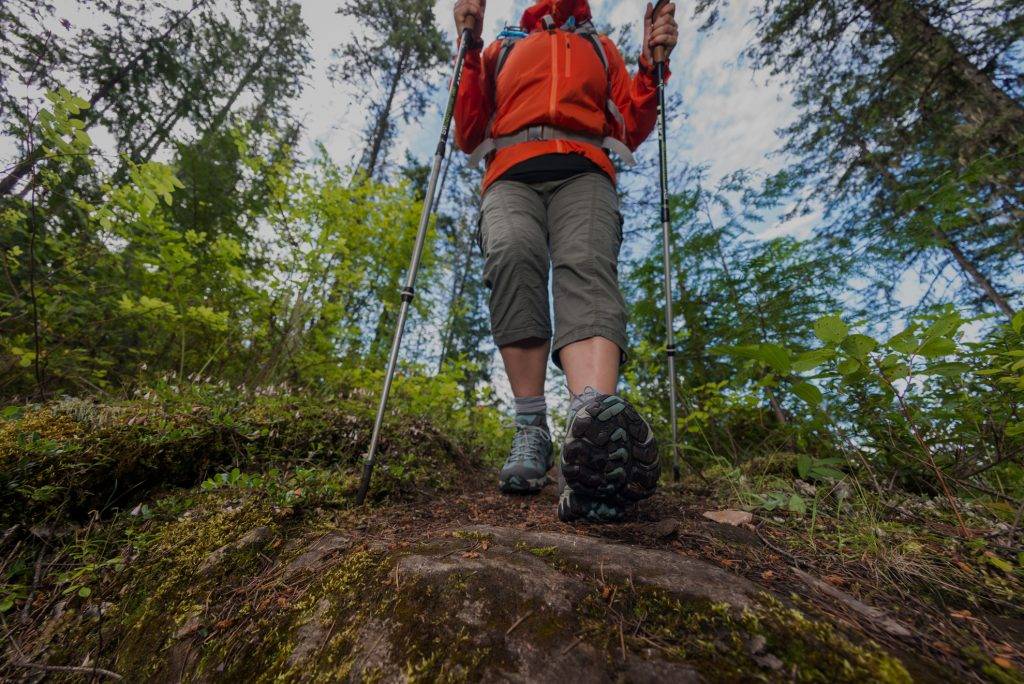
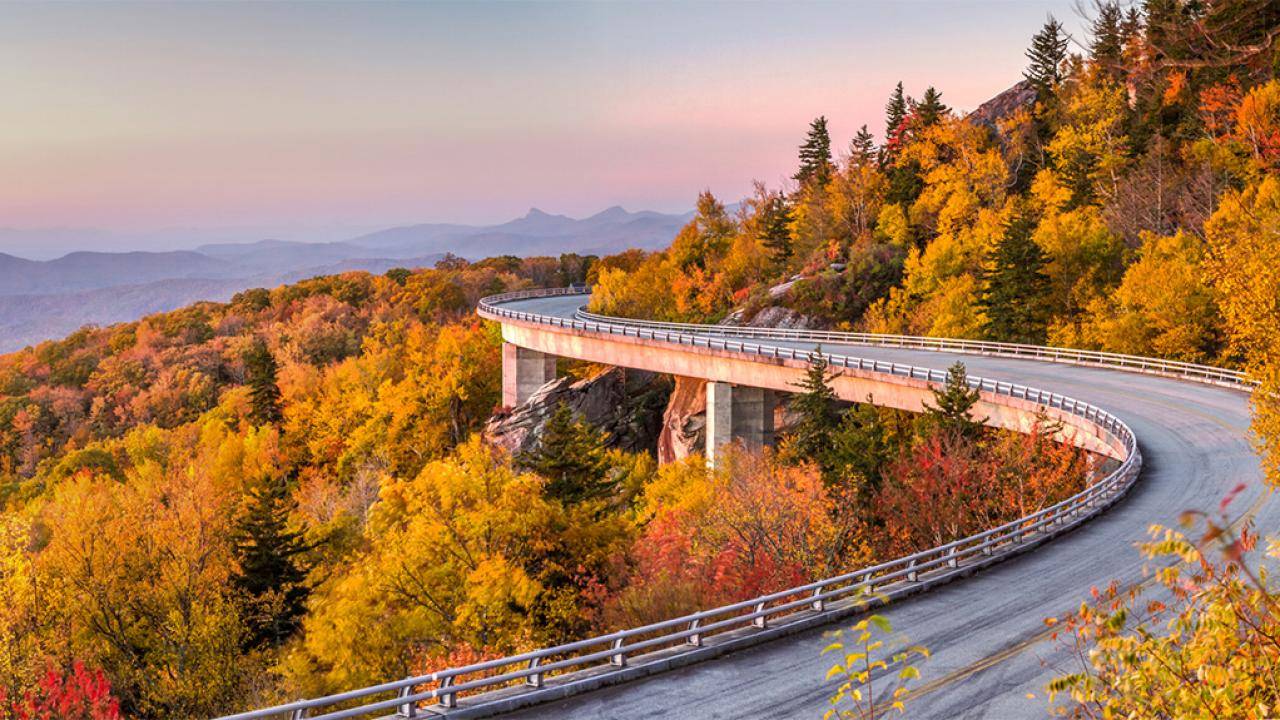
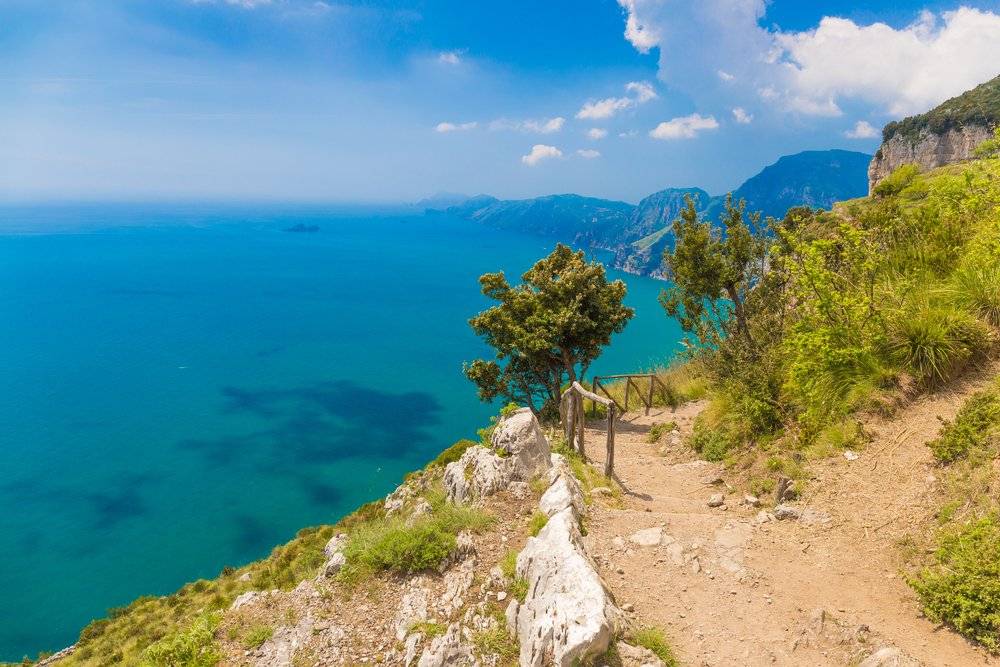
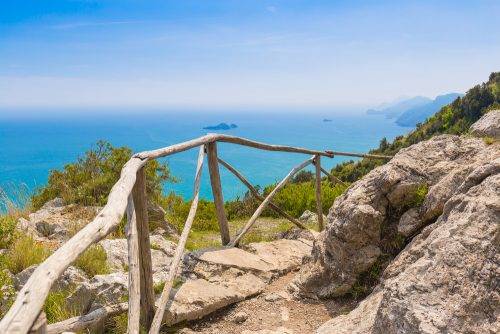
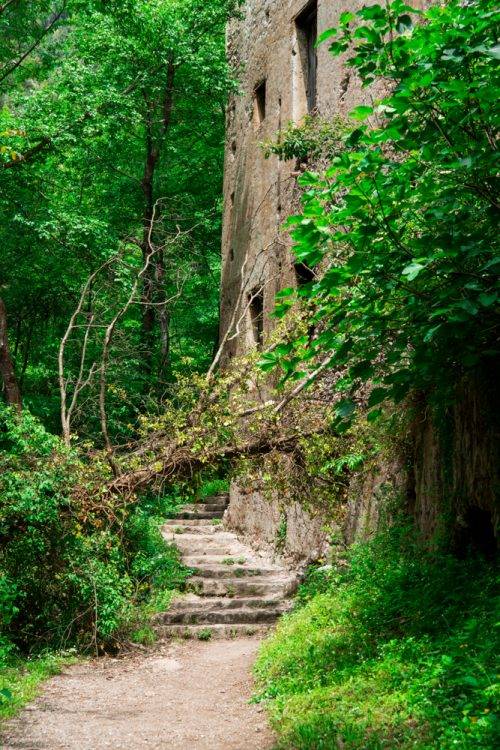

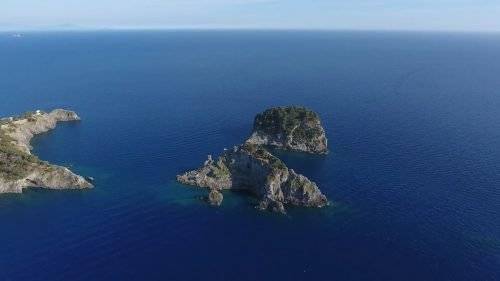
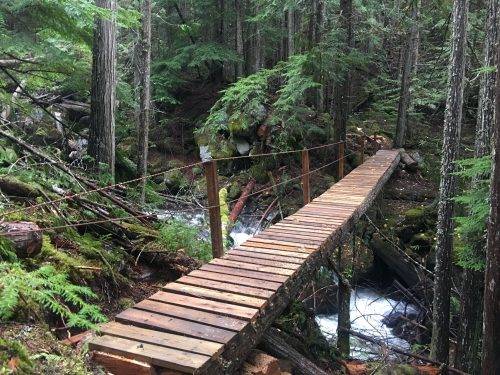


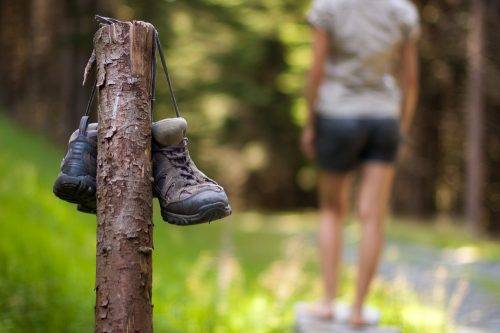
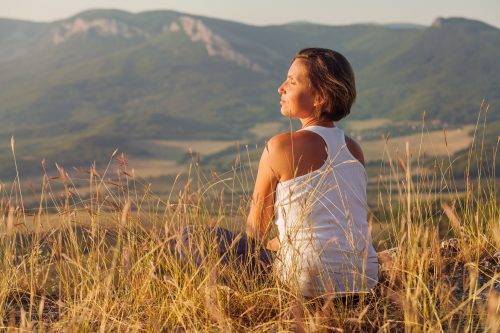
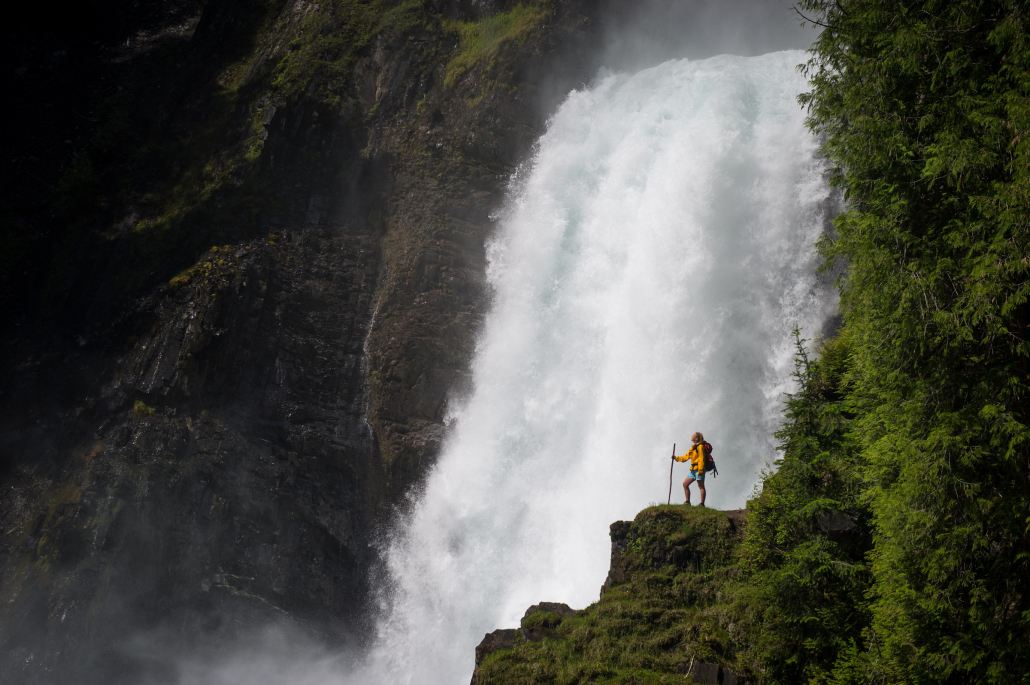
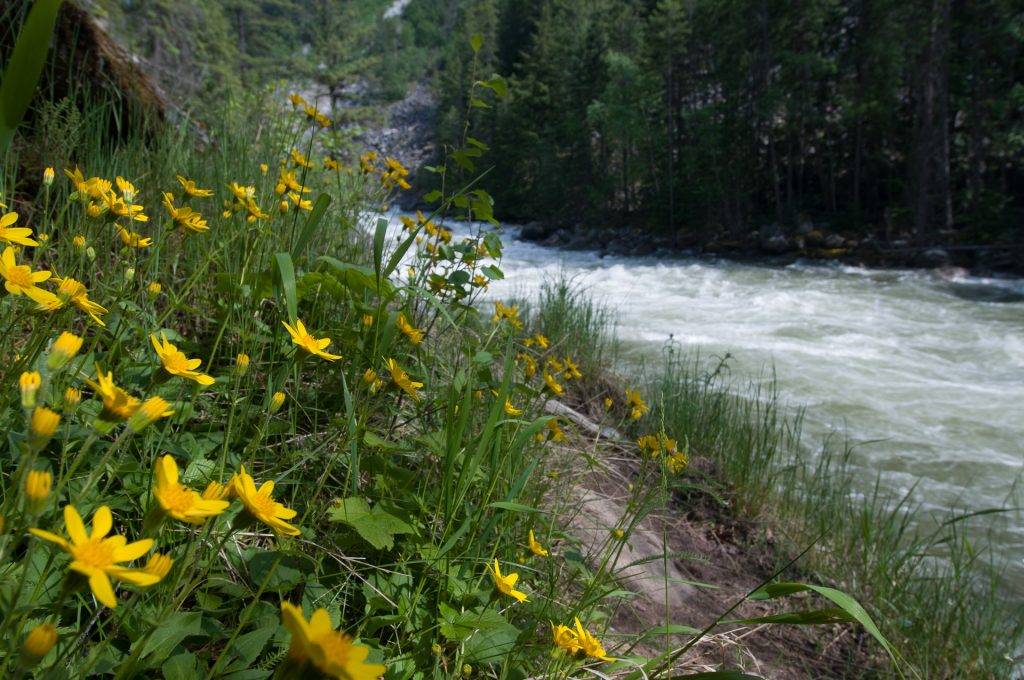
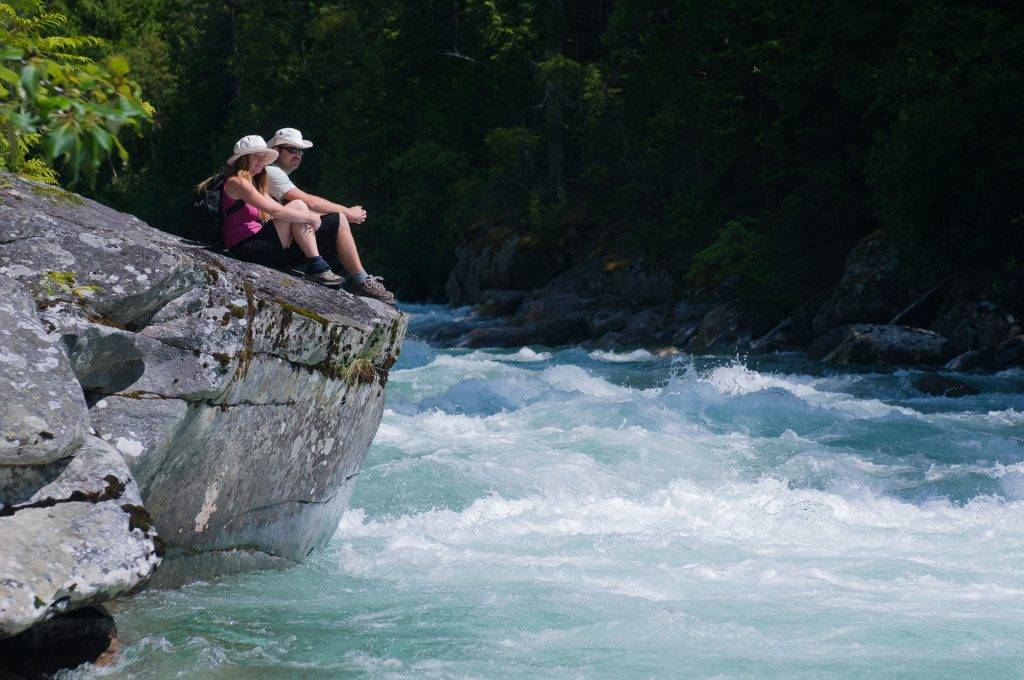

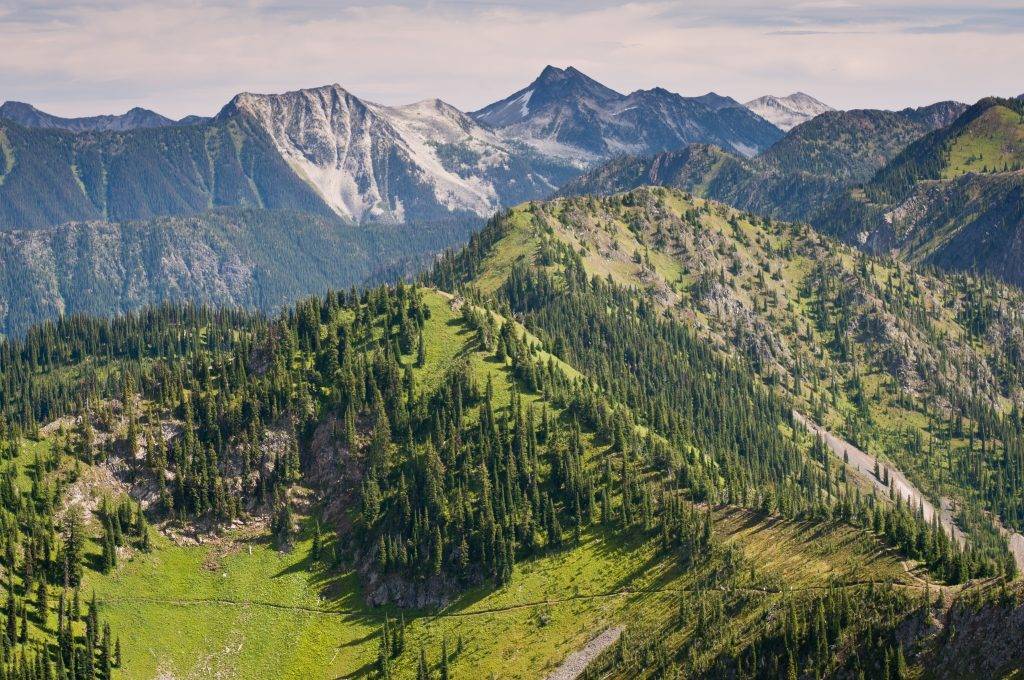
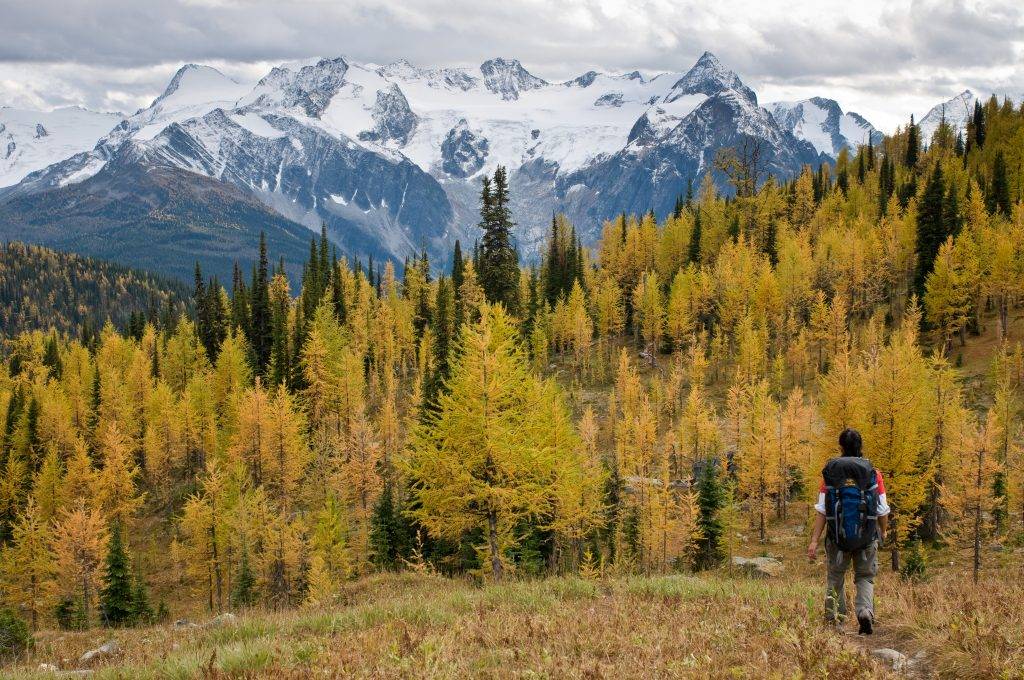
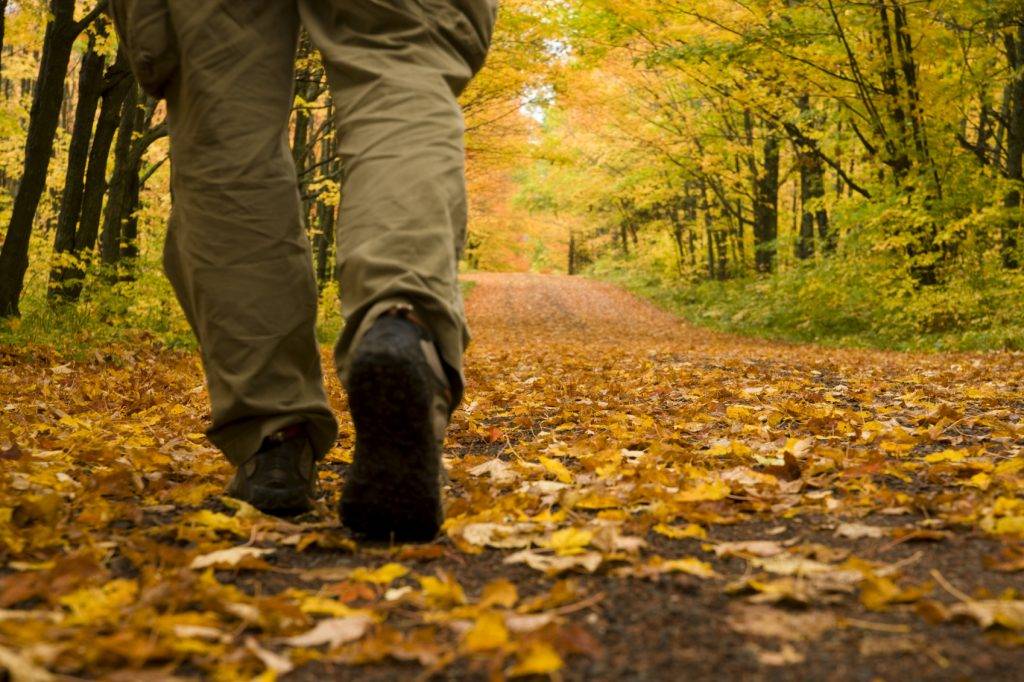
 One of the keys to a happy hike is having a well-fitting backpack. It’s hard to enjoy breath-taking views and outdoor activity if you feel like you’re hunched over giving a piggyback ride, or at all in pain. A good pack is absolutely essential hiking gear for storing your water, healthy snacks, an extra layer, and among other things. And as the spring and summer season gear up, so should we with all the right gear for our outdoor pursuits.
One of the keys to a happy hike is having a well-fitting backpack. It’s hard to enjoy breath-taking views and outdoor activity if you feel like you’re hunched over giving a piggyback ride, or at all in pain. A good pack is absolutely essential hiking gear for storing your water, healthy snacks, an extra layer, and among other things. And as the spring and summer season gear up, so should we with all the right gear for our outdoor pursuits.
